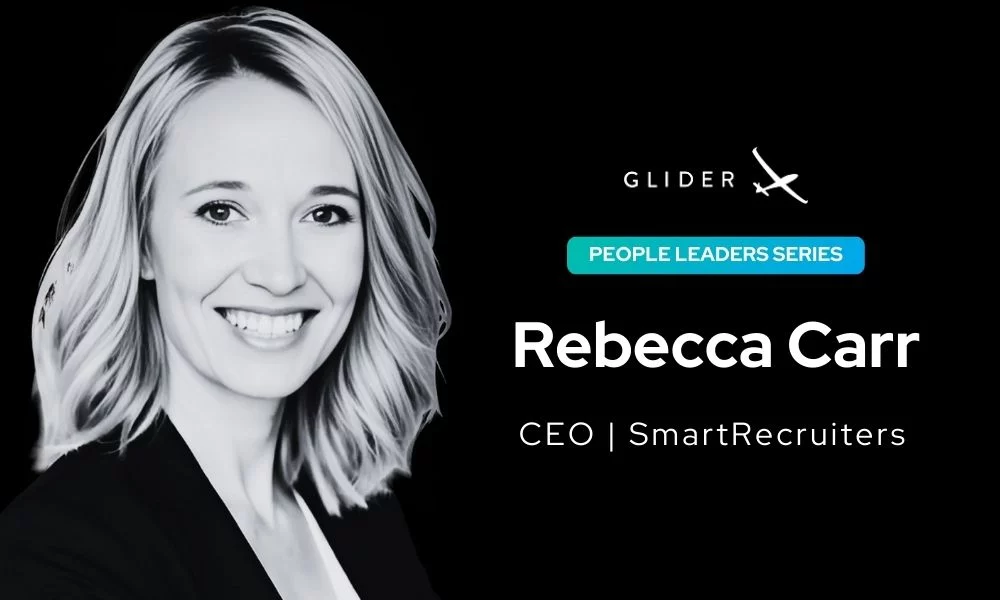The recruitment landscape is witnessing a huge surge in contingent hiring since 2019. The employment trajectory from various surveys report that the U.S job market will consist at least 50% of contingent workforce by 2050.
According to Statista , the projected gross volume of the gig economy will reach $455.2 bn by next year, 2023. The study shows how digital platforms are leading the rise of freelancers.
What is Contingent Hiring?
The contingent workforce is a direct descendant of the gig economy. It largely constitutes contract or temporary workers who are not hired for long-term. For instance, an IT developer may be hired only on a specific project for a limited time.
Matt Erhard, Managing Partner at the Summit Search Group opines that contingent workforce is a mixed bag of benefits and challenges. From his view point, companies must be cognizant of what the contingent workforce brings to the table.
“Develop long-term relationships with contractors or temporary employees. It comes a long way when you need them in the future. However, you cannot have the same control over worker quality and consistency as you do with staff on the payroll, even if you use a temp agency or a staffing firm.” – Matt Erhard, Summit Search Group
How can Companies Benefit from Contingent Hiring
- Specialized talent to work on specified projects, tasks or assignments. For example, a specialist can be hired to prepare a company’s taxes or even build or improve a website (which you’ll then update or maintain in-house).
- Avoid over-burdening the long-term staff in busy periods like holidays.Seasonal hiring can add ‘extra hands’ to manage the holiday sales surge.
- Fewer tax responsibilities. Since contingent workers aren’t on payroll, employers need not make a contribution to social security and medicare taxes for them.
What are the Drawbacks of Contingent Workers
- Lack of loyalty and commitment. Since contingent workers are there to carry out a job, they do not involve much in the company’s environment.
- A higher rate of turnover could pose a security risk. Especially if contingent handles sensitive or confidential information.
- Less consistency and stability. They aren’t obligated to return the next time the companies need them.
How to Hone a Contingent’s Skills and Expertise
Often, employers do not look beyond “soft skills” during the hiring process (even in permanent workers). Therefore, they fail to hone specific skills and knowledge in contingent workers. Articles on how to convert passive job seekers into quality candidates can help you hire top talent.
Besides, companies can also adopt the following methods
- Accurate job description
- Recruiting tools like ATS, chatbots etc
- Assess specific skills and knowledge to select the right workers.
- Asynchronous video interviews to look beyond the CV
- Ask for referrals or references from past clients
- Verify the candidate’s job history
- Onboarding procedure that is mutually rewarding
For example, talent intelligence companies like Glider AI ensure its client’s needs by putting talent quality over everything else. Glider’s products like phone screens, interactive assessments etc not only simplify hiring process, but also enhances candidate experience.
How to Avoid Common Mistakes in Contingent Hiring?
Matt cautions the employers to avoid major mistakes when hiring contingent workers. Taking a cue from his personal experience, he says that managers ignore their temporary workers, especially if they’re performing basic tasks like data entry.
Managers think they don’t need to develop a working relationship with these workers as the latter work for a limited tenure. This can negatively impact work quality.
Contingent workers need supervision, their questions answered and given constructive feedback, similar to that of any regular employee.
Contingent workers are different from permanent workers. So, companies should be diligent in managing contingent workers. Clear and frequent communication should be a top priority minus micro management.
Also, a great onboarding experience can guide them about company’s policies, procedures, culture and their project until they’ve settled in.



